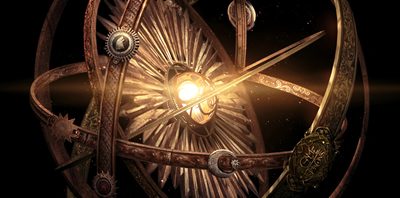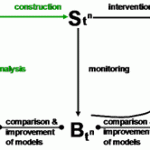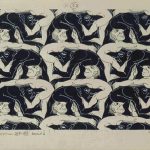[Part 2 of 12: 1) The science of the artificial 2) function, behaviour structure 3) form follows function, 4) no function in structure, 5) the medium is the message 6) types and schemas 7) aesthetics: attractive things work better 8) managing (great) expectations 9) colour 10) styles and standards 11) design solution spaces 12) conclusions]
The design process exists because the world does not always accommodate us humans, so we employ designers to create things or artefacts, to get the world to adapt to us. In this way, we can see that design is the science of the artificial.
One way of thinking about design is to categorise information into three groups: function-structure-behaviour, as follows:
The first step is for designers decide on the sorts of functions they want the new artefacts to be able to do and then they write descriptions that could potentially do that. However, until the artefact exists in its physical form, i.e., it has a structure, it is impossible to predict if the artefact will function in the way the designer anticipates, especially when choosing materials – plastic behaves very differently to wood and so on. Or, in the case of designing a website, a blog behaves very differently to an online store.
So, instead of going straight to the second step of trying to describe the structure of an artefact directly from a set of required functions, the designer will first try to describe the expected behaviour of an artefact, and probably do some sort of simulation (by building a prototype, or performing computational analysis) in order to see how the thing behaves and if it is different to the expected behaviour, and this even works with software.
So, I am currently redesigning my website as it’s looking a bit old, so if I think of it in terms of function, behaviour, and structure, what might happen?
- Function: What is the purpose of your website? (Currently, it is just my blog, but I would like it to showcase what I do.)
- Behaviour: What will your website do? (Describe what I do, potentially offer what I do?)
- Structure: What structure will your website take? (I should have an about-me page, a courses page, a books page, links to what I do, or a membership area so people can access what I do directly.)
In this way we can see that once I divide how I want my site to behave and how I want it to be structured, it becomes easier to open up to new ideas. Had I just thought that I have a blog, which looks like a blog, it would have been harder to arrive at the idea of creating a membership area. I might never have even thought about it.







12 comments